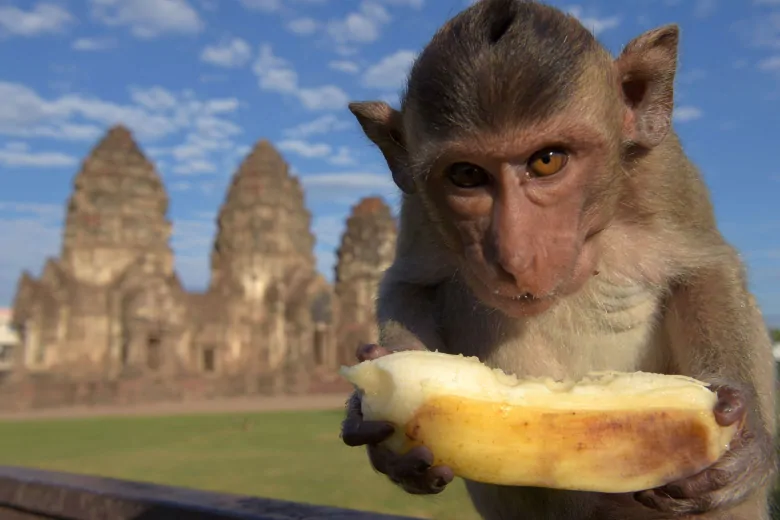In this week’s issue of our environment newsletter, we look at how COVID-19 shutdowns are affecting animals, the role horses can play in protecting the permafrost and how measures to heal the ozone layer have also benefited the jet stream.

Hello, people! This is our weekly newsletter on all things environmental, where we highlight trends and solutions that are moving us to a more sustainable world. (Sign up here to get it in your inbox every Thursday.)
This week:
- COVID-19 shutdowns have affected human movement — and some animal behaviour
- How horses can help protect the permafrost
- Fixing the ozone hole has had another benefit, too
‘Lull’ in human movement due to COVID-19 is having unpredictable effect on wildlife

Photographs that went viral earlier in the pandemic seemed to suggest some environmental hope amid all the coronavirus woe: swans and dolphins seemingly appeared in the normally cloudy and crowded canals of Venice, which had gone quiet and clear during lockdown.
National Geographic later reported that the situation wasn’t quite so dramatic — the swans actually paddle around in the area regularly and the dolphins were filmed in Sardinia.
None of that diminishes the possibility, however, that changes in human behaviour during the pandemic might result in changes in animal behaviour, too.
Animals are “strongly influenced by the human footprint,” said John Fryxell, executive director of the Biodiversity Institute of Ontario and a professor in the college of biological science at the University of Guelph.
Fryxell also said that animals “respond to humans pretty quickly,” noting, for example, how deer and elk will change their behaviour when they know people are hunting in the area.
“During hunting season, deer tend to move less often, concentrate their movements in core parts of their home range, are more vigilant than usual and have less access to places with abundant forage, so [they] feed at lower rates.”
In some places, animal behaviour appears to have changed more immediately. The New York Times reported that some animals were going hungry in popular tourist spots in Thailand and Japan because visitors who feed them aren’t showing up. A video posted to social media showed macaques running around a plaza in Lopburi, Thailand.
“The fall in tourist numbers because of COVID-19 may have indeed brought about a shortage of food supply for them,” Asmita Sengupta, an ecologist in Bangalore, India, told the Times. This shows the “detrimental effects” of feeding the monkeys.
“Once they get used to being fed by humans, they become habituated to humans and even display hyper-aggression if not given food,” Sengupta said.
One particular change in human behaviour might give a fair number of animals a new — if temporary — lease on life. Because many of us are staying home right now, road mortality for wildlife could drop.
“If you remove the number of vehicles, there’s going to be [fewer] road deaths,” said James Pagé, the Canadian Wildlife Federation’s species at risk and biodiversity specialist.
The federation has been doing work with turtles, particularly in eastern Ontario and Ontario’s Muskoka region, and they find “the highest number of turtle mortalities are on the busiest roads.”
With fewer turtle road deaths, there’s the potential for a slight bump in the turtle population, he said.
Fryxell is quick to caution about making predictions on how the human response to the pandemic is influencing animals. But it is something that can be studied. “Maybe over the course of the summer we’ll see something that is meaningful,” Fryxell said, noting it could also vary from species to species.
Presumably, the pandemic crisis is a temporary state, and

